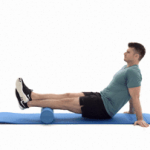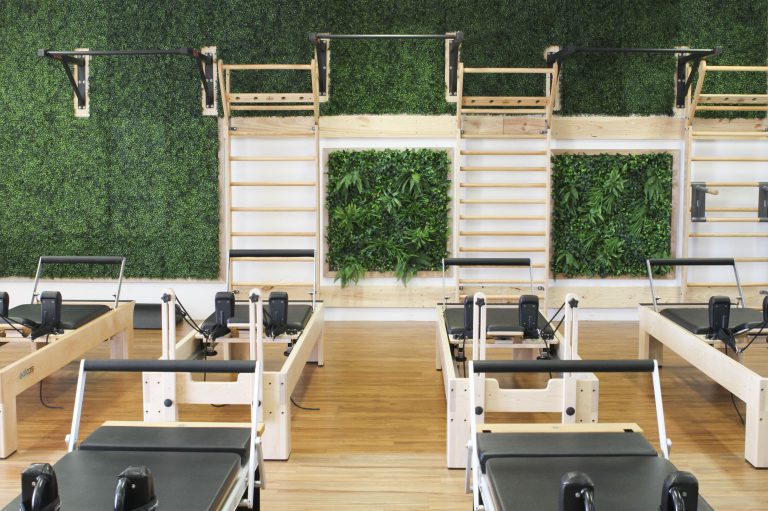Delayed onset muscle soreness is the term commonly used by people in the exercise industry used to describe the pain following a good workout. It is characterised often by stiffness, tenderness and pain and the intensity of the symptoms will vary over a 48-hour period. When muscles are stressed during an intense workout they undergo microtears to allow for rebuilding and muscle growth to occur. This article is to give you some handy tips in reducing the intensity of muscle soreness.
1. Stretching
Stretching is a great way to relieve muscle tension while promoting flexibility within the muscle itself. Improving flexibility reduces the risk for any major tears resulting in injury to the muscle slowing down your rehabilitation. Ideally stretching before and after exercise is the best way to relax muscles. Static stretching following exercise has been shown to help aid in recovery as it reduces muscle soreness and stiffness.
What are some easy stretches I can complete during the day?
Shoulder stretch Neck stretch Chest stretch



Gluteal stretch Calf stretch Quadricep stretch Back stretch




Foam Rolling
Several studies have seen benefits in foam rolling during the 48-hour period following intense exercise in reducing delayed onset of muscle soreness. It is great as it is like a self-massage which is quick and cheap that you can have after every exercise session. The technique allows increase blood flow to muscle to remove any toxins from the muscles. Another benefit is to maintain muscle balance as the rolling removes knots that may have built up during the workout.
What are some common places to release following a work out?
High protein diet
Protein plays a primary role in the repair, growth and maintenance of muscle fibres. It repairs normal damage to the muscle fibres during exercise. It works to build the muscle by promoting training adaptations to different types of exercise. Finally, it allows for maintenance of the muscle by replenishing any depleted energy storage loss that may have occurred during your high intensity exercise. To gain the maximum benefit in recovery of muscle your diet of high protein diet should contain an addition of carbohydrates following exercise.
What are good food sources when trying to increase my protein levels?
- Meats: poultry, lean meat, fish
 Eggs
Eggs- Legumes, nuts and seeds
- Milk products: low fat milk, cheese, yoghurt
- Vegetables: green vegetables
Hydration
Exercising while dehydrated causes greater damage to the muscle fibres. If dehydration continues following exercise muscle growth is delayed as water intake speeds up the muscle repair process. Another benefit to keeping hydrated during and after exercise is the removal of waste products from the muscle. Waste products produced by muscle fatigue are the primary cause of post muscle soreness.

What is the appropriate water intake?
On a standard day an individual should consume on average around 2 litres of water dependent on their weight. This amount should be doubled when engaging in high intensity exercise. When combined with minerals the body receives the
most benefit as many of the major minerals are lost during an intense workout.
Sleep Hygiene
Do not underestimate the power of sleep in the process of muscle recovery. During sleep the body undergoes hormonal and chemical changes to allow for recovery. Growth hormones are released into the bloodstream which aid in stimulating muscle repair. 7-8 hours of solid sleeping is the recommended average to allow for good muscle repair to occur.
Having difficulties sleeping? Here some top tips to help you sleep at night.
- Get regular with your sleep routine. Aim to go to sleep and wake up at the same times every day.

- Avoid caffeine or nicotine 4-6 hours prior to sleep
- Avoid intensive exercise close to sleep times
- No electronic devices in the bedroom
- A well-balanced diet
- Meditation or relaxation activities
Brooke Lavell
Physiotherapist






